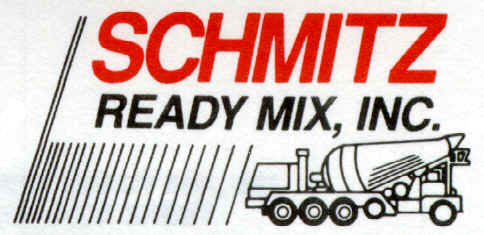Tilt-up construction is ready-mixed concrete placed in horizontal forms at the construction site and then tilted up to form walls. Panels are cast as near to the final position as possible. The most convenient casting base is most often the concrete floor slab of the building. Wood or steel edge forms are prepared and positioned on the casting base. Reinforcing steel, vapor seal, insulation, door and window frames, electrical conduit, and outlet boxes are then positioned. Wall panels are cast on the horizontal base, cured, and then tilted into a vertical position and moved into place with a crane.
Tilt-up was developed in the early 1900s but became popular after World War II as a means of providing a quick and efficient method of meeting the demand for buildings despite shortages of labor and materials.
Nationwide, over 15% of all industrial buildings are tilt-up, ranging in size from 5,000 to over 1.5 million square feet. Tilt-up construction is most frequently used for one-story commercial buildings. However, two, three, and four-story buildings are becoming more commonplace. Condominiums and hotels as tall as ten stories have been constructed with tilt-up concrete.
Though this method of construction is well suited for warehouse, shopping centers, or big box stores because contractors can form the windowless unarticulated wall panels quickly and economically, tilt-up can also be used for distinctive buildings with demanding architectural features. Tilt-up panels can be colored, textured, and shaped to meet almost any architectural demand using techniques such as form liners, pigments, brick facing, curved surfaces, and exposed aggregates.



